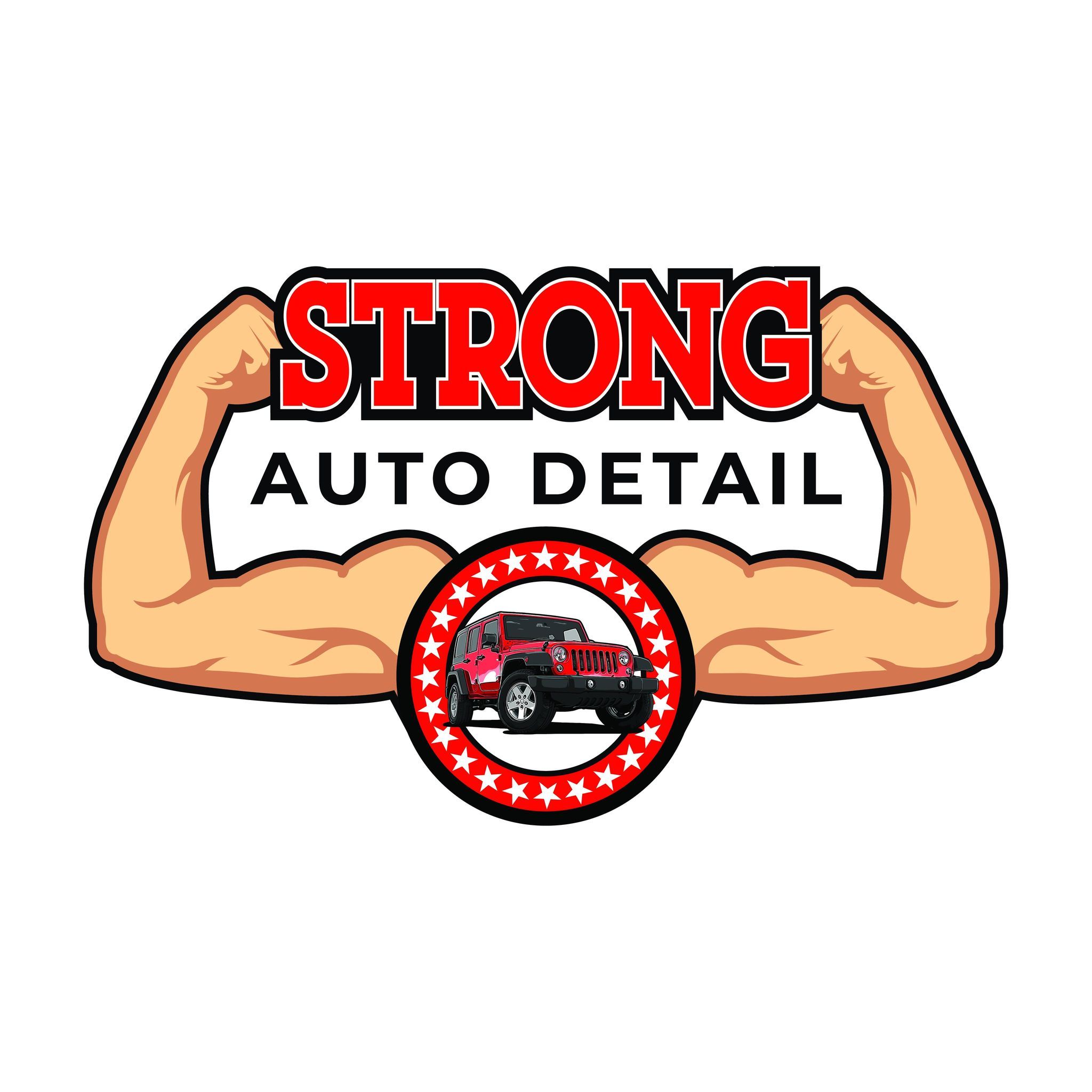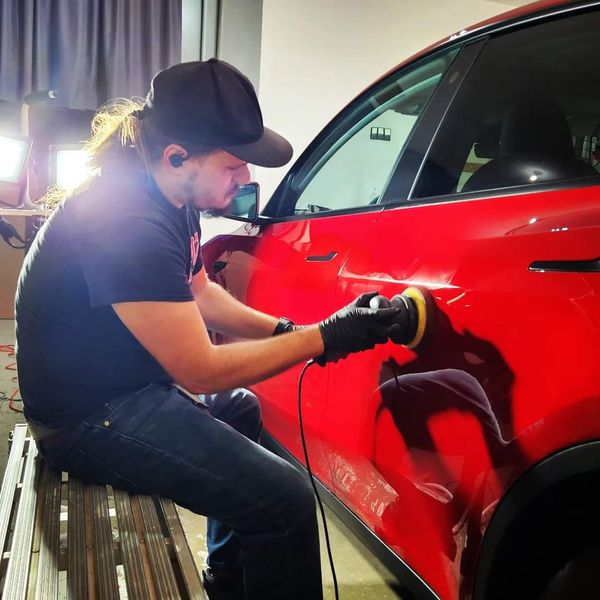Paint correction and polishing are techniques to restore the shine and gloss of a vehicle's paint. The process involves using specialized tools and products to remove imperfections such as scratches, swirl marks, and oxidation. This process can also go by many different names. Buff, buffing, paint enhancement, paint correction, and polishing are some of the most common words people call this process. Buffing may be more of an old-school term for enhancing the paint's shine, but it is also used more when waxes have to be rubbed on and off by hand.
The process begins with a thorough wash and drying of the vehicle. Next, a clay bar treatment removes any contaminants embedded in the paint. After that, progressively finer grit polishes remove imperfections and restore the paint's shine.
Paint correction can be done by hand or machine, such as a dual-action(Also called a D.A. polisher), rotary polisher, or orbital polisher. It requires a certain level of skill and experience to get the best results, as using the wrong technique or too much pressure can cause damage to the paint. The most common is burning through the paint, meaning you have polished through the clear coat layer. If this is done, the only proper fix is re-painting the panel.
It is important to note that even if paint correction is done on a car, proper maintenance, such as keeping the car covered, regular washing and drying, and regular waxing, should be done to maintain the finish and avoid the need for frequent correction and polishing.
Also, to avoid scratches, swirl marks, and other imperfections which may require paint correction, it is best to avoid using abrasive materials and aggressive washing methods on the paint surface. Some examples are automatic car washes that use brushes or even the brush in the self-service bay at a car wash. This is why detailers stress using clean microfiber mitts and towels during the wash & drying stages. (Bonus tip: don't use a California Duster to clean your car's paint to avoid adding swirl marks into the paint.)
For modern and new models of cars, it is also essential to know the thickness of your paint as the clear coat has been getting thinner over the years. So when your vehicle leaves the factory, there is less on there vs. a decade ago. In some cases, this has caused clear coat failure to happen to some vehicles sooner than it used to. Sometimes less than five years old. This can limit how often it can be polished before burning through the paint. This is why we at Strong Auto Detail prefer 1-step polishes. It removes about 50% of swirls and paint defects while preserving as much clear coat as possible for the future.
If you're considering getting your car's paint corrected or polished, it's best to go slow and take your time. Or consult a professional detailer who can assess the condition of your paint and recommend the best course of action to achieve the desired results.

